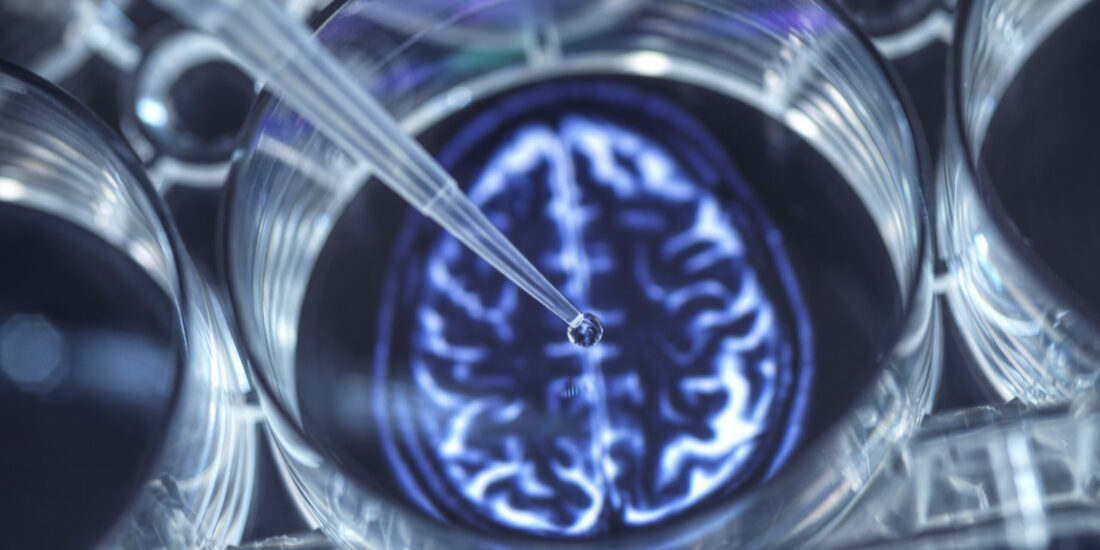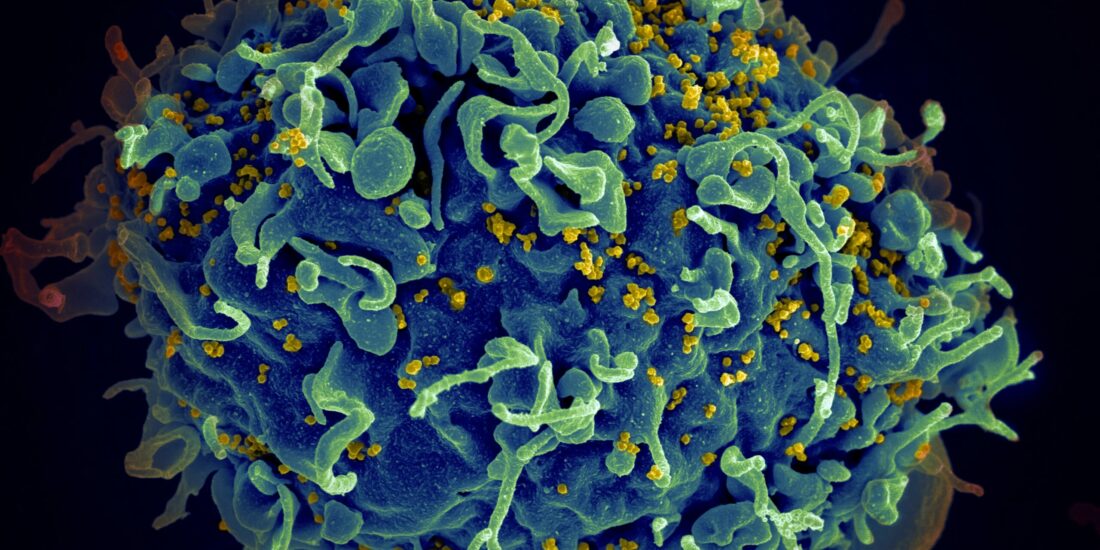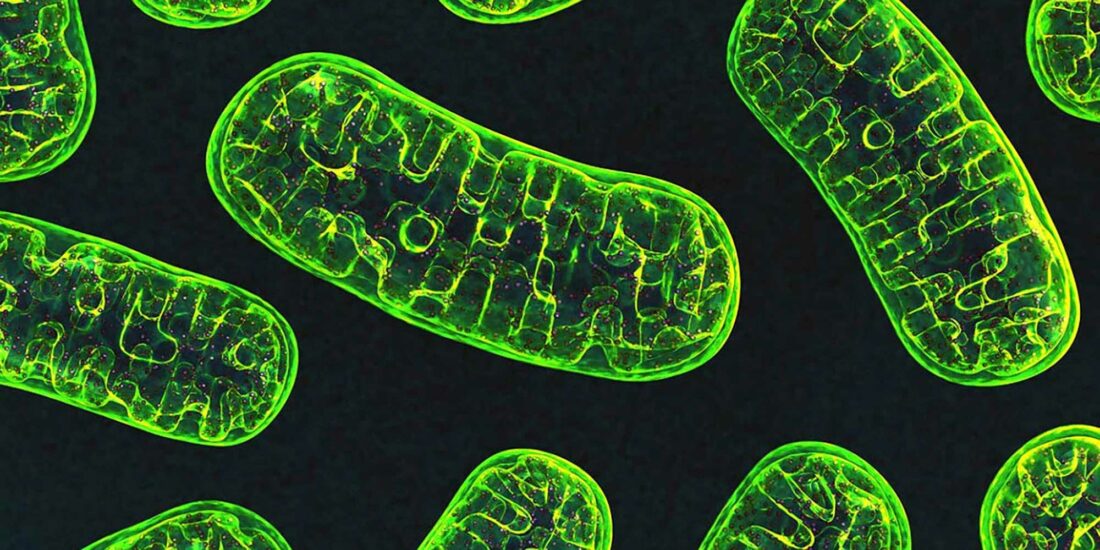Functionally linked potassium channel activity in cerebral endothelial and smooth muscle cells is compromised in Alzheimer’s disease
By Jade L. Taylor, Harry A. T. Pritchard, Katy R. Walsh, Patrick Strangward, Claire White, David Hill-Eubanks, Mariam Alakrawi, Grant W. Hennig, Stuart M. Allan, Mark T. Nelson, and Adam S. Greenstein Excerpt from the article published in the Proceedings of the National Academy of Sciences (PNAS), 119 (26) e2204581119, June 21, 2022, DOI: https://doi.org/10.1073/pnas.2204581119 […]
Continue ReadingThe Link Between Energy-Related Sensations and Metabolism: Implications for Treating Fatigue
By Marco Filippi, Rainer Krähenmann, and Patrick Fissler Excerpt from the article published in Frontiers in Psychology, volume 13, 21 June 2022, DOI: https://doi.org/10.3389/fpsyg.2022.920556 Editor’s Highlights Physical exercise has been shown to improve energy-related sensations such as energetic arousal, calmness, burnout, emotional exhaustion, fatigue, and vigor. Evidence reveals a robust link between fatigue and different components […]
Continue ReadingAlterations in metal homeostasis occur prior to canonical markers in Huntington disease
By Anna C. Pfalzer, Yan Yan, Hakmook Kang, Melissa Totten, James Silverman, Aaron B. Bowman, Keith Erikson, and Daniel O. Claassen Excerpt from the article published in Scientific Reports 12, 10373, 20 June 2022, DOI: https://doi.org/10.1038/s41598-022-14169-y Editor’s Highlights Essential trace metals play a vital role in several metabolic processes throughout the body and brain. The […]
Continue ReadingDysregulated Ca2+ Homeostasis as a Central Theme in Neurodegeneration: Lessons from Alzheimer’s Disease and Wolfram Syndrome
By Manon Callens, Jens Loncke, and Geert Bultynck Excerpt from the article published in Cells 2022, 11, 1963. DOI: https://doi.org/10.3390/cells11121963 Editor’s Highlights Abstract Calcium ions (Ca2+) operate as important messengers in the cell, indispensable for signaling the underlying numerous cellular processes in all of the cell types in the human body. In neurons, Ca2+ signaling is crucial for […]
Continue ReadingA Non-Canonical Role for IRE1α Links ER and Mitochondria as Key Regulators of Astrocyte Dysfunction: Implications in Methamphetamine use and HIV-Associated Neurocognitive Disorders
By Jessica Proulx, Satomi Stacy, In-Woo Park, and Kathleen Borgmann Excerpt from the article published in Frontiers in Neuroscience, 16, 17 June 2022, DOI https://doi.org/10.3389/fnins.2022.906651 Editor’s Highlights During human immunodeficiency virus (HIV)-1 infection or (METH)amphetamine exposure, astrocytes shift their neuroprotective functions and can become neurotoxic. As common comorbidity among HIV-1 infected individuals (METH)amphetamine use can […]
Continue ReadingCrosstalk of Astrocytes and Other Cells during Ischemic Stroke
By Tingting He, Guo-Yuan Yang, and Zhijun Zhang Excerpt from the article published in Life 2022, 12, 910. https://doi.org/10.3390/life12060910 Editor’s Highlights Astrocytes are the most abundant glial cell type; they play a major role in maintaining homeostasis. After brain ischemia, astrocytes changed from the normally bushy form to a hypertrophic stellate shape and then to a highly […]
Continue ReadingCaV1.2 channelopathic mutations evoke diverse pathophysiological mechanisms
By Moradeke A. Bamgboye, Kevin G. Herold, Daiana C.O. Vieira, Maria K. Traficante, Philippa J. Rogers, Manu Ben-Johny, and Ivy E. Dick Excerpt from the article published in BioRxiv 2022.06.13.495975; Posted June 16, 2022, DOI: https://doi.org/10.1101/2022.06.13.495975 Editor’s Highlights CaV1.2 L-type Ca2+ channels are perhaps the most prevalent of the voltage-gated Ca2+channels, existing in cardiac, neuronal, and smooth muscle cells. Mutations […]
Continue ReadingAmyloid-β impairs mitochondrial dynamics and autophagy in Alzheimer’s disease experimental models
By Macarena de la Cueva, Desiree Antequera, Lara Ordoñez-Gutierrez, Francisco Wandosell, Antonio Camins, Eva Carro, and Fernando Bartolome Excerpt from the article published in Scientific Reports, volume 12, 10092 (2022). https://doi.org/10.1038/s41598-022-13683-3 Editor’s Highlights Alzheimer’s disease (AD) is characterised by the presence of brain extracellular deposits of amyloid-β (Aβ) peptide coming from the Amyloid precursor protein (APP) processing, the […]
Continue ReadingSigma-1 Receptors in Depression: Mechanism and Therapeutic Development
By Peng Ren, Jingya Wang, Nanxi Li, Guangxiang Li, Hui Ma, Yongqi Zhao, and Yunfeng Li Excerpt from the article published in Frontiers on Pharmacology, 16 June 2022, Sec.Neuropharmacology, DOI: https://doi.org/10.3389/fphar.2022.925879 Editor’s Highlights Depression is a mainly persistent mood disorder that negatively impacts the social, vocational and educational aspects of people’s life. Sigma-1 receptors are […]
Continue ReadingEndoplasmic Reticulum and/or Mitochondrial-Dependent Neuronal Degeneration in ALS
By Jennifer S. Sun Article published in NeurologyLive, June 2022, Volume 5, Issue 3 https://www.neurologylive.com/view/endoplasmic-reticulum-mitochondrial-dependent-neuronal-degeneration-als Editor’s Highlights The MAM-associated chaperone protein sigma 1 receptor (Sigma1R) is also involved in lipid export and calcium signaling through IP3R regulation. Agonists of Sigma1R have also been successful in protecting motor neurons and muscle activity in presymptomatic ALS mutSOD1 mice and in […]
Continue Reading









